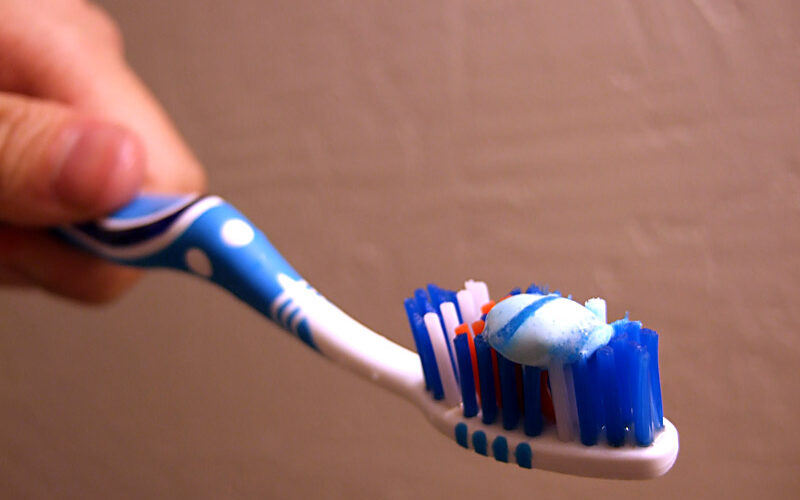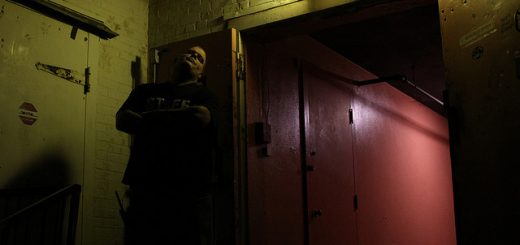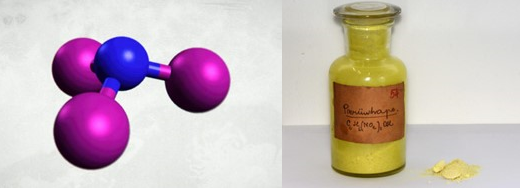How Nanocatalysis Could Save the Sweet Tooth

Palms sweaty, you prepare yourself for the annual visit. Walking down the corridor, you turn your eyes from the horrid pictures of unfortunate adults and children on the walls. Supressing a desire to cross yourself, you smile at the dentist as the door opens …
Tooth decay is a massive problem: nearly half of British 15 year olds have experienced it1. We can keep ourselves reasonably well protected but unfortunately, none of the existent methods are perfect and it is hard to go through life entirely without any cavities, or caries – especially if you have a sweet tooth. But now a study from the University of Pennsylvania claims to have found a new potential solution using something called nanocatalysis2.
The root of the issue is a film made of bacteria and polymers, known as plaque. It’s sticky, fuelled by simple sugars (that’ll be all those sweets), and creates a highly acidic microenvironment that over time will cause the teeth to rot. As you will have seen at the dentist’s, it ain’t pretty. What’s worse, this biofilm is incredibly difficult to get rid of.
The Penn scientists found that by using iron-oxide nanoparticles and low concentrations of hydrogen peroxide (H2O2), they could destroy the structure of the biofilm and kill the tooth-killing bacteria. The nanoparticles work by catalysing – speeding up – the production of free radicals from H2O2 (hence the name nanocatalysis). A free radical is a highly energetic chemical species known to be very dangerous to the human body, so the idea of using them for protection at first seems really counterintuitive.
But here’s the stroke of genius: the nanoparticles are only active in acidic environments. Whilst the mouth is pH neutral, plaque creates acid. A nanoparticle treatment would therefore only produce free radicals on the plaque, thereby disrupting the biofilm and killing the bacteria without hurting the mouth tissue. And this is exactly what the scientists found happened when they carried out experiments in rodents, with a very high efficiency.
Long term efficacy and toxicity has to be evaluated before the technology can go any further, and other approaches using nanoparticles are also being investigated,3 but it may not be long before a little nanocatalysis becomes part of everyone’s morning routine.
Edited by Sarah Spence
References
- http://digital.nhs.uk/catalogue/PUB17137
- Nanocatalysts promote Streptococcus mutans biofilm matrix degradation and enhance bacterial killing to suppress dental caries in vivo. Gao et al, Biomaterials, 2016, DOI: http://www.ncbi.nlm.nih.gov/pubmed/27294544
- http://www.sciencemag.org/news/2015/04/plaque-busting-nanoparticles-could-help-fight-tooth-decay










